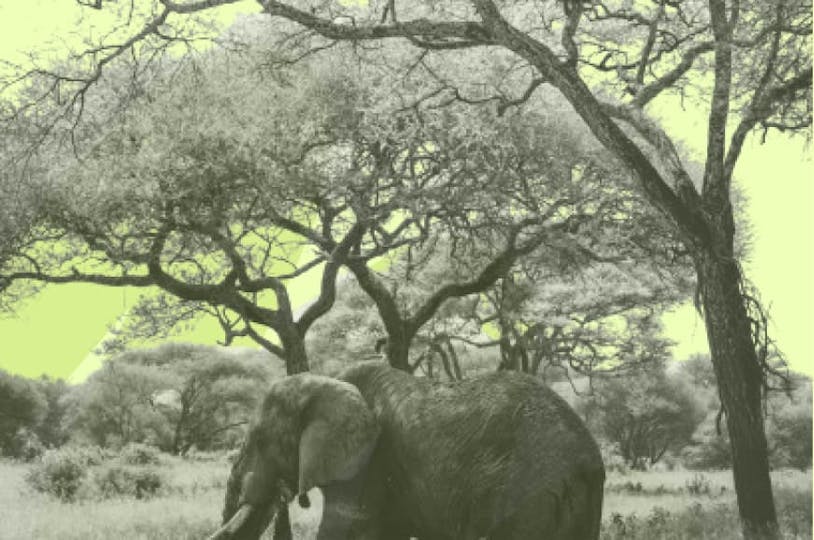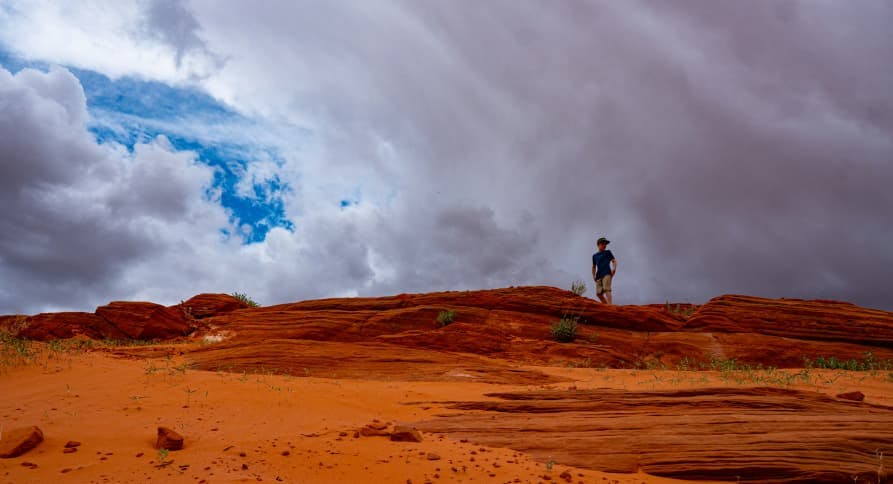
Sustainable Development Goals (SDGs): All You Need to Know
The United Nations has defined 17 goals, aimed at creating a better world. What are these so-called "Sustainable Development Goals" ? Explanations.
ESG / CSR
Industries



A breakdown of how climate change is profoundly impacting Americans
The US states least and most affected by climate change
Ways that Americans could help reduce the impact of global warming
As wildfires, hurricanes, and other natural disasters continue to take flight across the country – many Americans are beginning to wonder if their current homes are still suitable in the midst of climate change, as they start to ponder the question, “Where should I live in the U.S.?”
States such as California, Florida, and additional states in the southeast region of the United States have suffered from repeated natural disasters – and as insurance grows pickier in terms of coverage in the event of a catastrophe, many Americans are contemplating their future homes and living situations.
In this article, we’ll explain why Americans are concerned where they should live with climate change, what could be done to improve living in vulnerable states, and help to answer the question of, “where should I live in the U.S.”.
Determining where to live due to climate change is becoming a deciding factor for those living in several states as the severity and frequency of natural disasters continue – such as with Hurricane Milton this past fall in the southeast region of the United States.
Several American citizens report needing to move away from their native regions as a result of excess heat, droughts, flooding, and other extreme weather patterns that lead to continuous damage to their homes.
Here are just a few reasons why climate change is becoming a major concern for people who live in affected regions of the United States:
In addition to this, living in a state vulnerable to climate change could bring about various economic challenges, impact agriculture, and raise public health concerns due to rising levels of air pollution.

States most affected by climate change include California, Florida, and the Carolinas – with states across the west coast and southeast region remaining the most vulnerable to natural disasters induced by climate change.
Here’s a breakdown of why these states are most affected by climate change:
Remember, even though certain states such as New York are relatively free of natural disasters – even their major cities are suffering from the effects of climate change, such as how New York City is sinking.
The interactive flip cards (move cursor over card to flip) below reveal which natural disasters take place in these more vulnerable states:
Ultimately, states on the west coast and southern region of the United States have shown to struggle the most in terms of climate change driven natural disasters.

The states in the U.S. least affected by climate change include the New England and Midwest regions – with states such as Vermont and New Hampshire remaining exceptionally natural-disaster free.
Here are just a few of the states that remain next-to-natural disaster free:
Additional states that could be a safe haven from natural disasters include New York, Wisconsin, and Illinois – as all of these states experience little to no climate change induced weather events.

While moving to a state less affected by climate change can help to improve one’s quality of life and economic prosperity, it can put exceptional strain on states not ready to accommodate an increase of residents.
For instance, Vermont saw an influx of people moving to the state as a climate safe haven – only for the state to experience extreme weather and floods in 2023.
In addition to this, people moving to states such as Texas and Arizona require people competing for a living space – with 256,000 people moving to the state of Arizona alone in 2024. Not only will people moving to “climate resilient states” be fighting over houses and apartments, but states with a sudden population increase will have to figure out new ways to effectively ration depleting sparse resources such as water in these areas that already fight over the – such as freshwater from the Colorado River.
Ultimately, we should remember that the root of the issue isn’t moving states to evade the issue of climate change – but working to fight against global warming itself.

Although it’s important to remember that we must develop effective solutions via climate policy and our own personal habits to mitigate the consequences of climate change, there are regions of the United States that are currently safer from natural disasters than others – such as states in the Midwest and the Northeast.
The interactive overview cards will reveal some states in the U.S. generally safe from the worst effects of climate change:
However, it is important to remember that some states, although more prone to natural disaster, have a stronger incentive to assist their residents in the event of a natural disaster – such as California, which has established itself as a leader in climate policy.
Therefore, it’s important to remember that moving to a state with a poor reputation climate-wise may not be the death-sentence you think it is – as some states have demonstrated a stronger motivation to fight against climate change than others.
Overall, where you live is a reflection of who you are – and shouldn’t be dictated by the climate entirely, but there are states which are currently safer from the negative impacts of climate change to choose from.
Remember, even if you decide “where I should live in the U.S.” based on climate change – it is important to encourage yourself and those around you to take effective action to fight global rising temperatures as a whole.
US States & Climate Change
Coastal states such as Florida, South Carolina, California, and Hawaii have experienced some of the worst natural disasters in recent years.
US states with little to no natural disasters include Maryland, Michigan, Minnesota, and Vermont.
All of these states are still safe to live in, as their risk for natural disasters or climate change have not changed – but it is important to note that as global warming ensues, tragic weather events such as hurricanes or earthquakes are prone to be more challenging to recover from.
If reading this article on where should I live in the U.S. in the midst of climate change has made you interested in reducing your carbon emissions to further fight against climate change – Greenly can help you!
Deciding where to live or relocate your business in the U.S. due to climate change can be challenging, but don’t worry – Greenly is here to help. Click here to schedule a demo to see how Greenly can help you find ways to improve energy efficiency and decrease the dependency on fossil fuels in your own company.
Greenly can help you make an environmental change for the better, starting with a carbon footprint assessment to know how much carbon emissions your company produces.
Click here to learn more about Greenly and how we can help you reduce your carbon footprint.
